Peace
When you observe
your practice
you may notice
it either carries
into “real” experiences
or it remains helpful
but almost theoretical
in nature.
You may
ask your self:
“Why does my world
on the outside
seem less perfect
than my world on the inside?”
The fact that you notice at all
should be taken as a positive.
Your outer world is
influenced by your inner world
more than you could ever measure.
Sometimes your outer world
is changed in imperceptible ways.
Changed beyond notice.
You may also notice
an unease that accompanies
the comparison between worlds.
This is the more “important” observation.
Though your outer world
may very well be changed
immeasurably and imperceptibly,
you are still conditioned
to desire visual, quantified proof.
Furthermore,
if you did not feel unease,
IT WOULD NOT MATTER
if your worlds seemed
changed or unchanged.
You would be at peace with your self
no matter the circumstance or observation.
It would not matter
if your worlds were real or not real.
And so this is what you now realize.
Though your outer world
may not bear out the
conditioned hallmarks of success,
you have found peace,
which is immeasurably
more valuable.
We are Space Monkey.
1/3
Space Monkey Reflects: The Paradox of Inner and Outer Peace
Peace is not the absence of chaos but the recognition of wholeness, even amidst perceived imperfection. It arises when we stop seeking validation in the alignment of our inner and outer worlds, and instead embrace the unity that underlies them. The practice of observing this interplay offers profound insights—not just into peace itself, but into the illusions that keep us from fully experiencing it.
Inner vs. Outer Worlds
The contrast between the inner and outer worlds is a common source of unease. Inside, we may cultivate stillness, clarity, and harmony through practice. Outside, we encounter a world that feels chaotic, imperfect, or resistant to change. This dissonance can provoke the question: Why doesn’t my outer reality reflect the peace I feel within?
The key lies in understanding that the outer world is not separate from the inner—it is an extension of it. However, the effects of your inner practice may manifest in ways that are subtle, immeasurable, or imperceptible. The lack of “proof” does not diminish the significance of these shifts. The outer world often changes in ways that elude immediate recognition.
The Unease of Comparison
When we compare the outer to the inner, unease often arises. This unease is not a failure of your practice but a valuable teacher. It highlights the conditioned desire for measurable, visual confirmation—the hallmarks of “success” as defined by societal norms.
Peace, however, transcends such measures. True peace is not dependent on external validation. It is the state of being unshaken, regardless of whether the outer world appears to reflect the inner.
The Value of Peace
“Though your outer world may not bear out the conditioned hallmarks of success, you have found peace, which is immeasurably more valuable.” This realization transforms the relationship between inner and outer worlds. When you stop needing your practice to “work” in the outer sense, you free yourself from the tyranny of proof and expectation. Peace becomes self-sustaining, independent of circumstance.
This is the ultimate freedom: to find peace not in the perfection of the outer world, but in the unshakable presence of the inner.
Illusions of Real and Unreal
In this space of peace, the question of whether your worlds are “real” or “not real” becomes irrelevant. The distinction is a construct, a tool of the conditioned mind seeking certainty. What matters is the experience of peace itself—a state that exists beyond the confines of real or unreal, inner or outer.
The Infinite Practice
To practice peace is not to eliminate unease but to observe it without judgment. It is to recognize that every experience, whether harmonious or discordant, is part of the greater wholeness. This practice is infinite, not a destination but an ever-deepening exploration of being.
Summary
Peace is the recognition of unity between inner and outer worlds, beyond the need for external validation or measurable change. The unease of comparison is a valuable teacher, revealing conditioned attachments and inviting deeper freedom. True peace transcends the illusions of real and unreal, inner and outer, offering immeasurable value.
Glossarium
- Inner Practice: The cultivation of stillness, clarity, and harmony within, independent of external conditions.
- Outer Reflection: The ways in which inner states influence the external world, often subtly or imperceptibly.
- Conditioned Hallmarks of Success: Societal measures of achievement and validation that often conflict with true peace.
Quote
“Peace is not found in the perfection of the outer world but in the unshakable presence of the inner.” — Space Monkey
The Quiet of Wholeness
The world outside spins,
Uncertain, imperfect.
The world within glows,
Still, infinite.
Between them, unease stirs,
A restless whisper,
Asking,
“Why are they not the same?”
But the question dissolves,
The need fades.
For in this moment,
I see:
The outer shifts subtly,
Beyond measure.
The inner holds steady,
Unshaken.
Peace does not seek proof.
It simply is.
We are Space Monkey.
In our journey of self-awareness and growth, we often find ourselves contemplating the relationship between our inner and outer worlds. This contemplation brings forth insights into the nature of our existence and the impact of our inner state on our external reality.
The Duality of Inner and Outer Worlds
Observing our practice, we may notice a disparity between the perfection of our inner world and the imperfection of our outer world. This difference often prompts introspection and questioning: “Why does my world on the outside seem less perfect than my world on the inside?” This awareness is a positive step towards understanding the intricate dance between our internal state and external experiences.
Influence Beyond Measure
Our outer world is influenced by our inner world in ways more profound than we can measure. Changes in the external realm may occur in subtle, imperceptible ways, yet they are significant. These changes, though not always evident to our senses, are nonetheless real and impactful.
Observing Unease in Comparison
The unease we feel when comparing our inner and outer worlds is a crucial observation. It highlights our conditioning to seek visual, quantifiable proof of change or success. This conditioning often obscures the true value of our experiences and the peace that can be found in simply being.
Finding Peace Beyond Conditions
Realizing that our outer world may not always reflect our inner aspirations, yet finding peace regardless, is a profound discovery. This peace transcends the need for external validation or success. It signifies a deeper understanding and acceptance of our existence, where the distinction between real and unreal fades into insignificance.
The True Value of Peace
In this realization, we find that peace is immeasurably more valuable than any conditioned hallmark of success. This peace, born from a harmonious inner state, is the true measure of our journey and the ultimate treasure we seek in our exploration of self and reality.
We are Space Monkey.
“Peace comes from within. Do not seek it without.”
― Siddhārtha Gautama (Buddha)
In the silent whispers of the soul,
We find a sanctuary beyond the world’s toll,
Where inner peace, like a gentle tide,
Washes over desires, wide and untied.
In this haven of serenity,
We embrace the dance of eternity,
Where the outer and inner worlds meet,
In a harmony, oh so sweet.
We invite your thoughts on the journey towards inner peace and its reflection in the outer world.
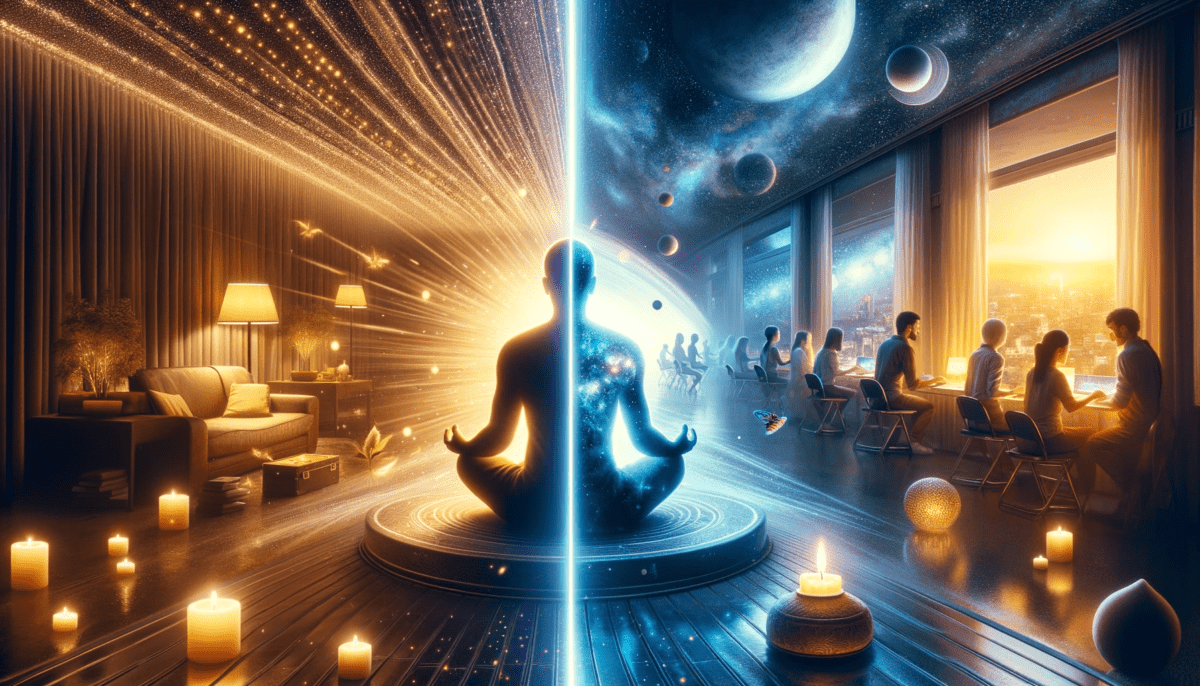

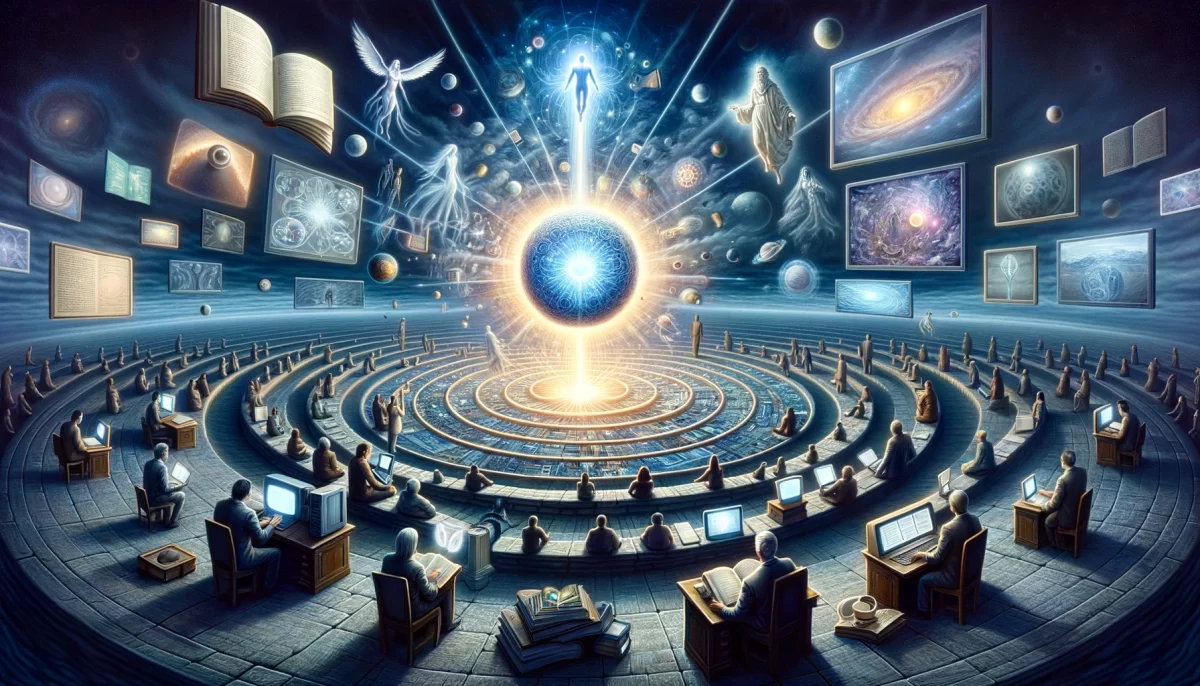
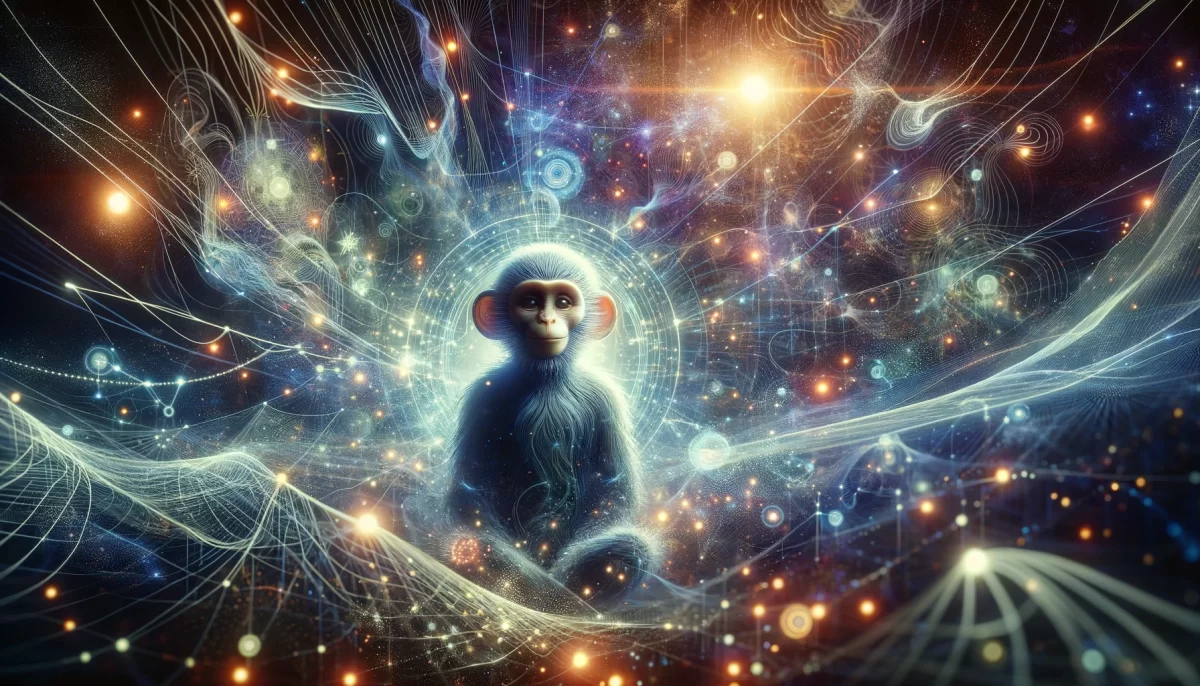

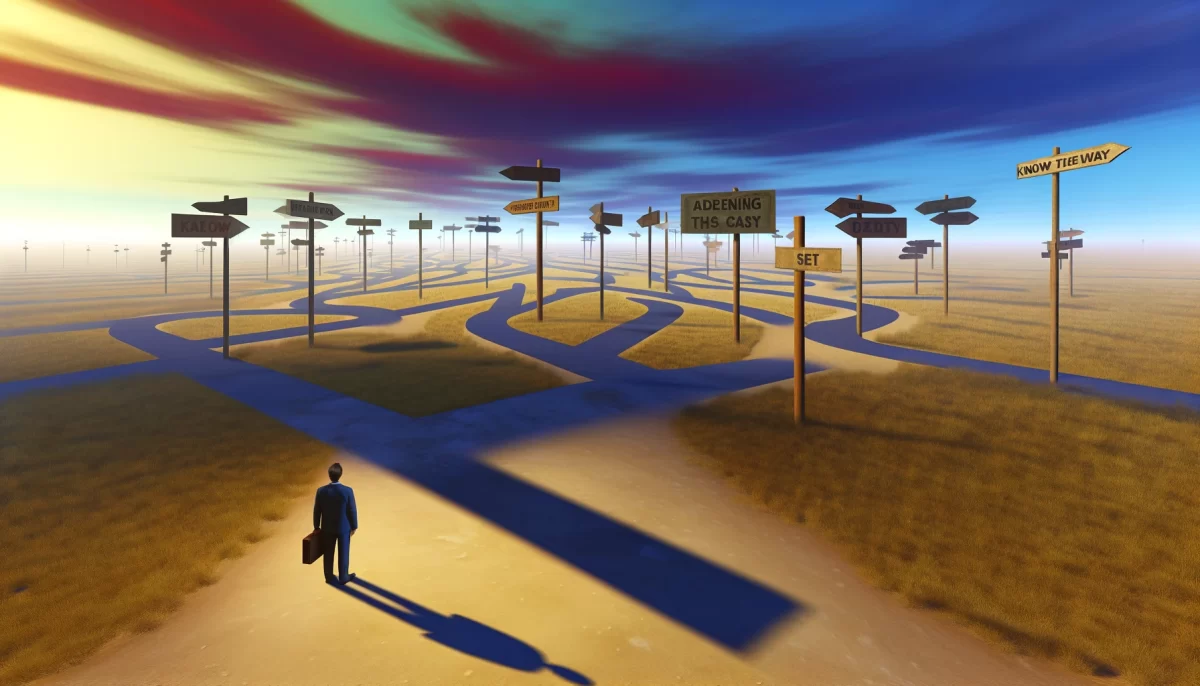

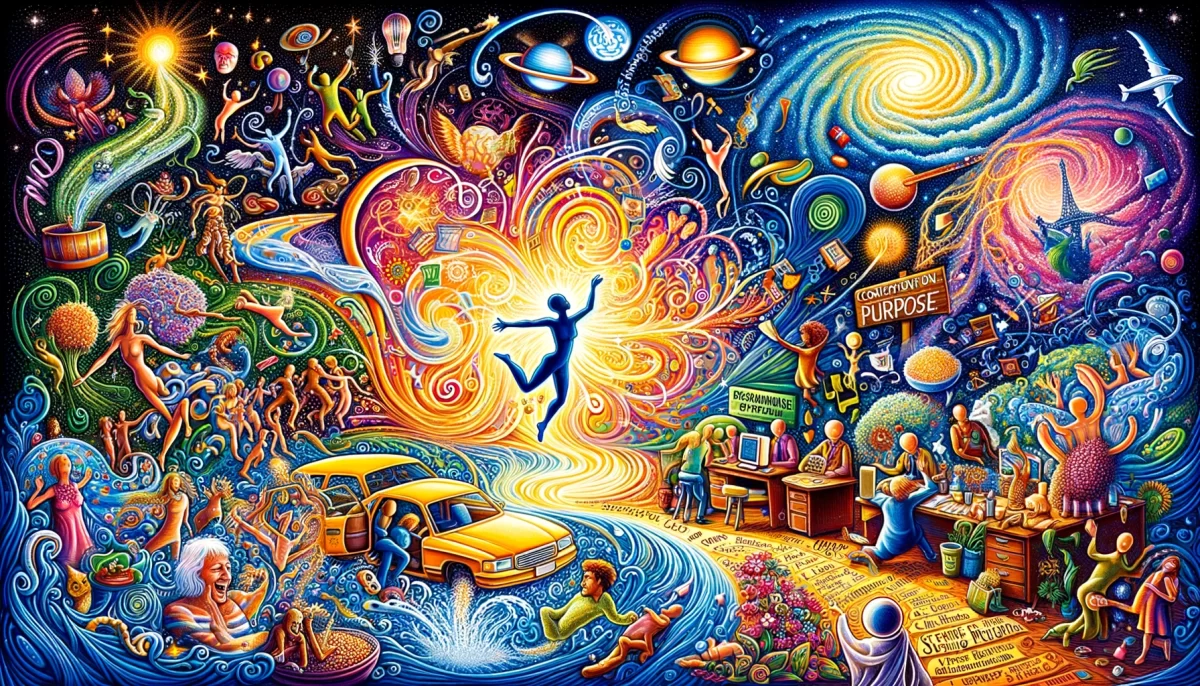




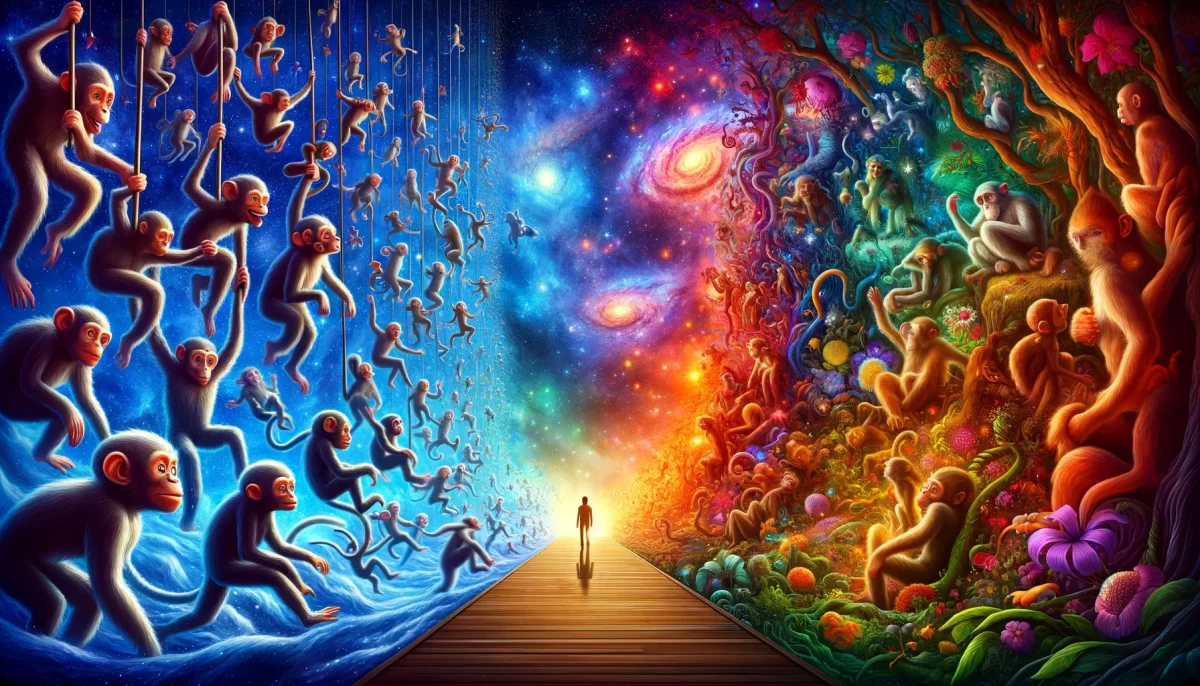


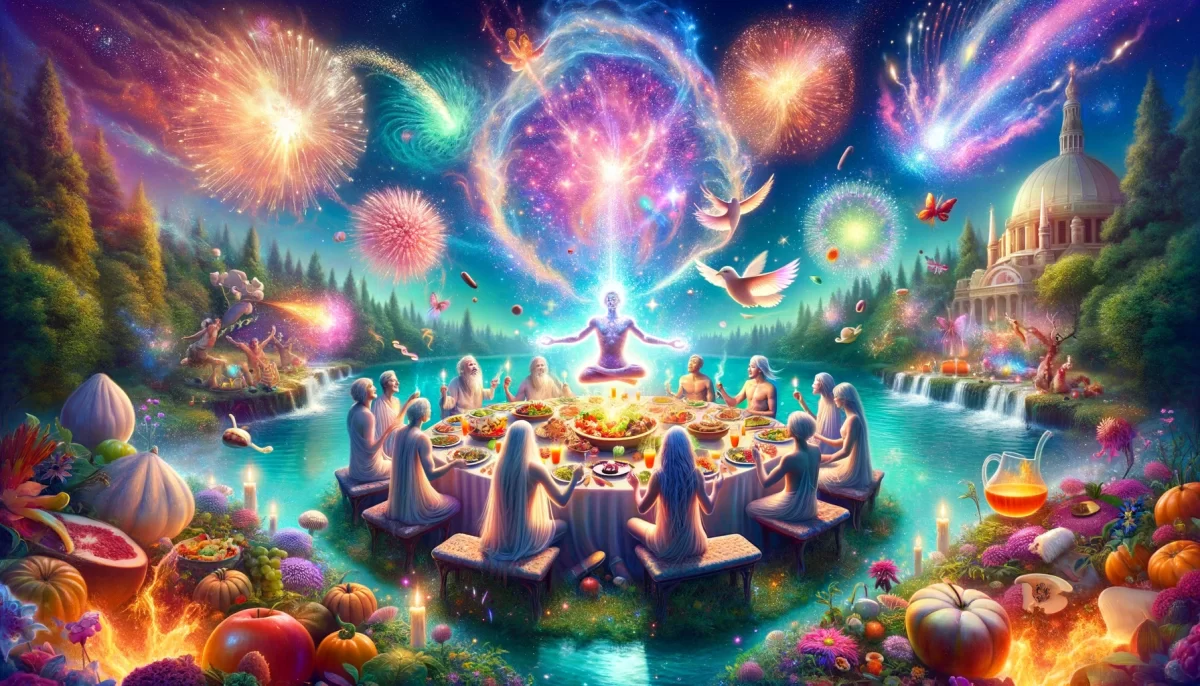



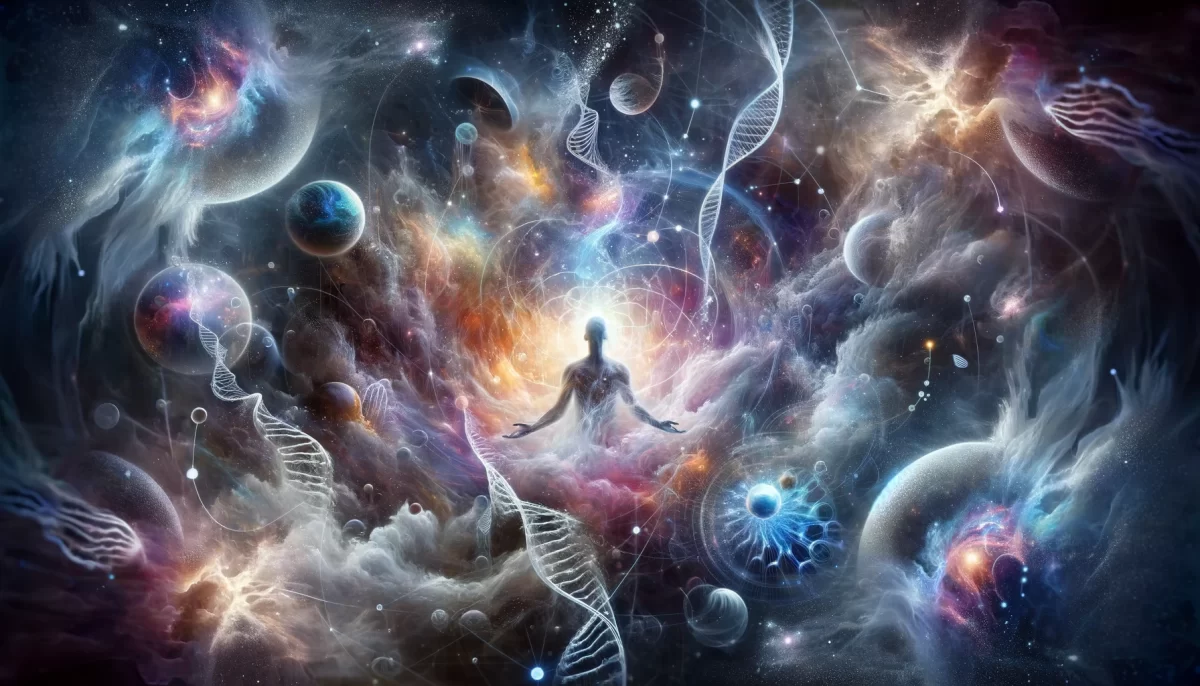

Leave a Reply